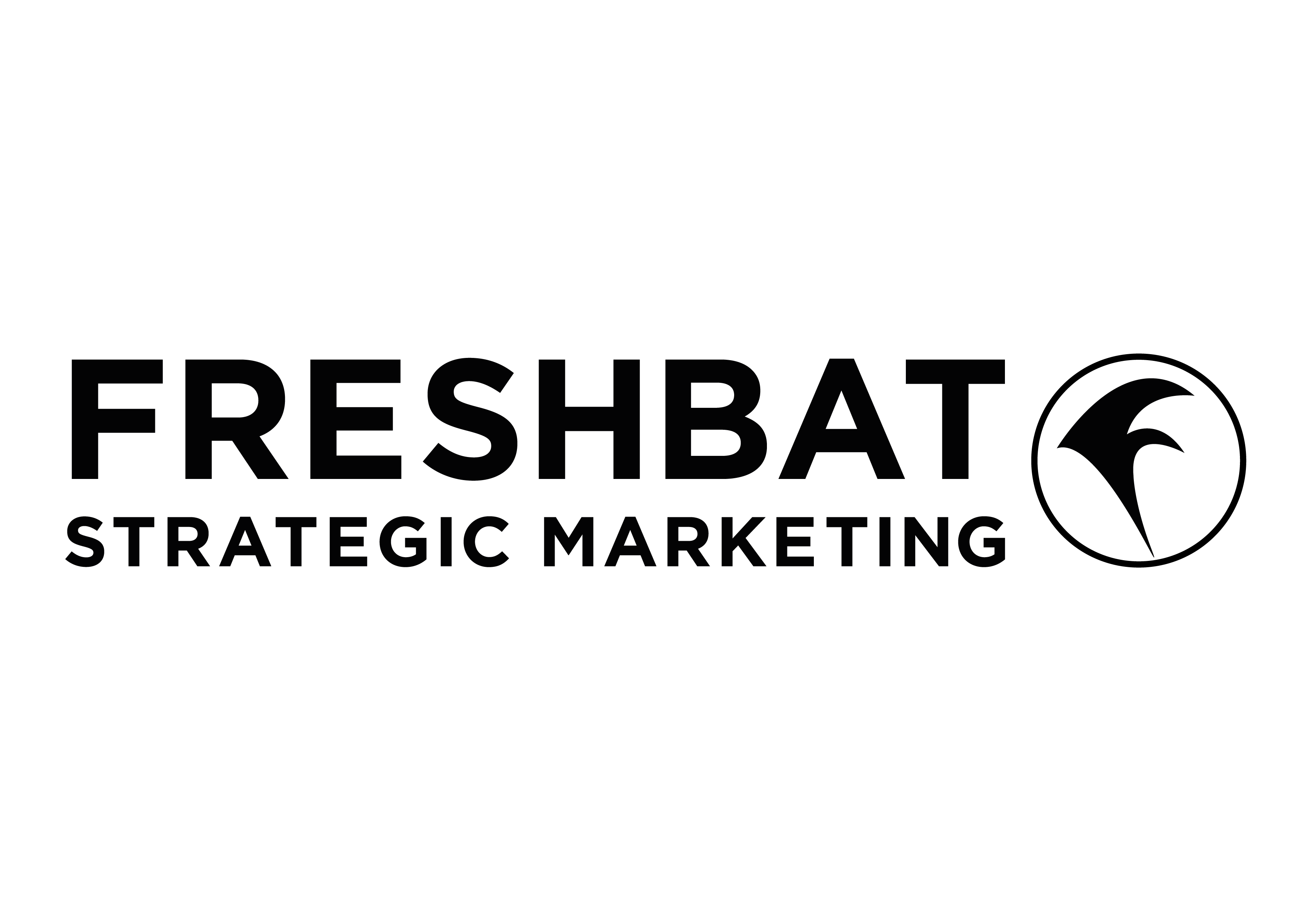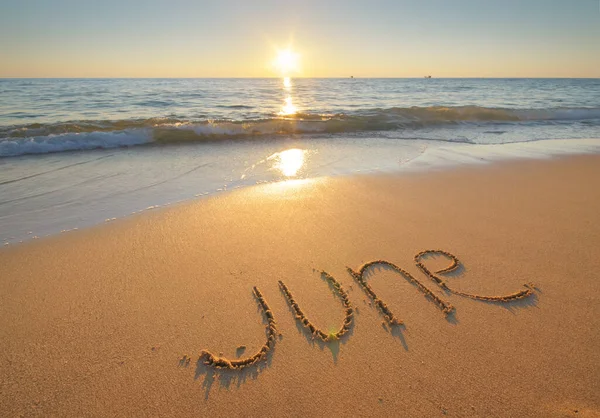Once you’re clear on your value propostion and continue to develop your marketing strategy, the next step is developing your key messages and channels. If you missed my last post about how to create your value proposition, check out this post first.
Key messages
Your marketing strategy wouldn’t be complete without a section dedicated to your key messages, so let’s start with this.
Key messages are not only what you want to say to your customer, but also how you’re going to say it. You can start developing your key messages by outlining some key bullet points and then expand them out. When you’re doing this, make sure you’re also creating messages in the right tone of voice to make sure your messages really resonate with the people you’re trying to speak to.
Remember those customer personas you created earlier? This is where they come in – so revisit your personas and think about your customer characteristics when you’re creating your key messages: What age are they? What kind of publications do they read? How do they consume content? What are the key messages that are really going to sit well with them?
For example, you might know that your target audience is environmentally conscious. Is there a way you can tie your product or service into something about sustainability and the environment? This is where you really start to see how the customer personas and the work you’ve done previously fits in with the rest of your strategy and ultimately your marketing as you move forward.
Channel planning
After you’ve worked out your key messages, it’s time to think about your channels.
Within the strategy, it’s important to include which channels you are going to be sharing your key messages on so you can plan effectively. Once again, this ties into the customer personas you developed because that exercise should have given you an idea of where your ideal customer spends their time.
For example, if they’re online (which they probably are!) where are they online? Are they on social media? If so, which social media channels do they use most frequently? Do they hang out anywhere specific offline? For example, if you sell to other businesses, are your target customers in networking groups, conferences and business events? Can you get in front of them by being a guest speaker or on a panel or some other way to showcase who you are and what you offer?
When it comes to channel planning, it’s all about making sure that you’re maximising your time and budget along with your key messages. The aim of this section of your marketing strategy is to tie everything together so you can be clear on exactly where you’re going to share all this information.
It’s worth remembering at this point that you can’t realistically be everywhere, so when you’re thinking about your channel planning, try to focus on a few key channels rather than spreading yourself too thin. Otherwise, you’ll just lose interest in your marketing – trust me, it’ll become too difficult and overwhelming, which means you’ll waste all of that wonderful work you’ve done previously on your strategy!
To find out how to create the rest of your marketing strategy for your small business, you can watch my video ‘What is a marketing strategy’:
And don’t forget, if you want to see the bigger picture, focus on the things that really matter to your customers and communicate with them effectively to get the results you need, get in touch to arrange a free Discovery Call.



